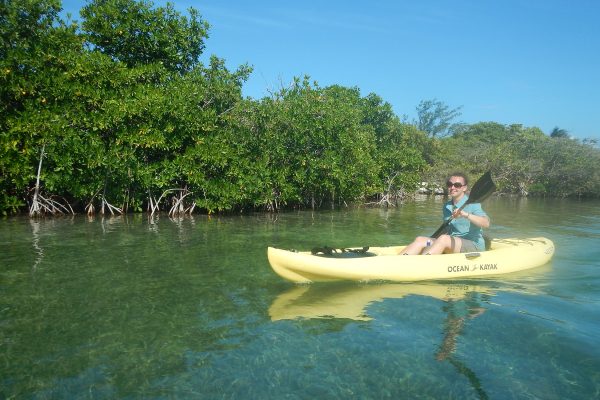Trip duration: 1 week| Approx cost: £600 all inc | When: All year round
Doinit factor: Relax on a small African island before the crowds discover it!
As if straight out of a Robinson Crusoe novel, Boa Vista really is a splendid example of a desert island. 570km off the West African coast, Boa Vista is the closest of the 10 islands to mainland Africa that make up the archipelago country of Cape Verde. It’s due to this proximity to the mainland and relative proximity to the Tropic of Cancer that this volcanic island owes its Sahara-like conditions. Tourism here is still very much in its infancy, making this the ideal time to come and soak up the sun, sea, and atmosphere before the rest of the world does.
Boa Vista’s heritage opens up fairy tale stories about piracy, slavery, and colonisation. When translated from Portuguese, ‘Boa Vista’ refers to ‘good view,’ a take on the more famously known ‘land ahoy;’ (suggesting that perhaps this was the first of the islands to be spotted). Despite being originally sighted by Portuguese explorers in 1444, the islands not only remained undiscovered, but also uninhabited, until 1460. Development progressed at a snail’s pace here, and nothing much changed over the following 150 years. It wasn’t until the discovery sodium chloride (salt) and the geographically advantageous position of the Cape Verde islands came to light that the economy emerged and grew. Collectively, the islands became an important trading post for the Portuguese slave trade in the Atlantic region. Prosperity attracted piracy from around the continent, resulting in attacks and the plunder of settlements, leaving little alternative but to arm the local population. With little natural resources and a decline in the slave trade, the local population grew alienated and volatile, eventually culminating in Cape Verde’s independence in 1975.
In contrast, these days Boa Vista is a relaxed place with a population close to 6000, most of which concentrated at the capital Sal Rai. Few other settlements remain dotted around the island—but for the most part, this is a hot, dry, desert island with a few abandoned settlements, and even fewer natural resources. Arguably it wasn’t until 2007 that the island experienced its full taste of tourism. Previously, having only been home to a small local airport, the terminal was revamped and upgraded to accommodate international flights with capabilities of landing medium range aircraft (Boeing 757). It’s worth mentioning that despite its regeneration, the airport remains primitive in a basic state, with flights only being able to land and take-off during daylight hours, as the runaway lacks landing lights.
From the UK, it’s a six hour flight, but these flights aren’t cheap. In fact, often it will work out better to book a package holiday with a tour operator which will include your flights and accommodation rather than looking for ‘flight only’. These companies tend to concentrate on the higher end, offering packages to four or five star, all-inclusive resorts for under £500. It’s hard to believe that this option more often than not will work out cheaper than purchasing your flights and accommodation separately. It is important to bear in mind that these foreign-owned resorts are designed to keep visitors within their walls, so very little money actually makes its way to the local community. This should not deter you from venturing out, and you should have plenty of time to explore beyond the confines of your hotel and hopefully let some of your cash end up in local hands.
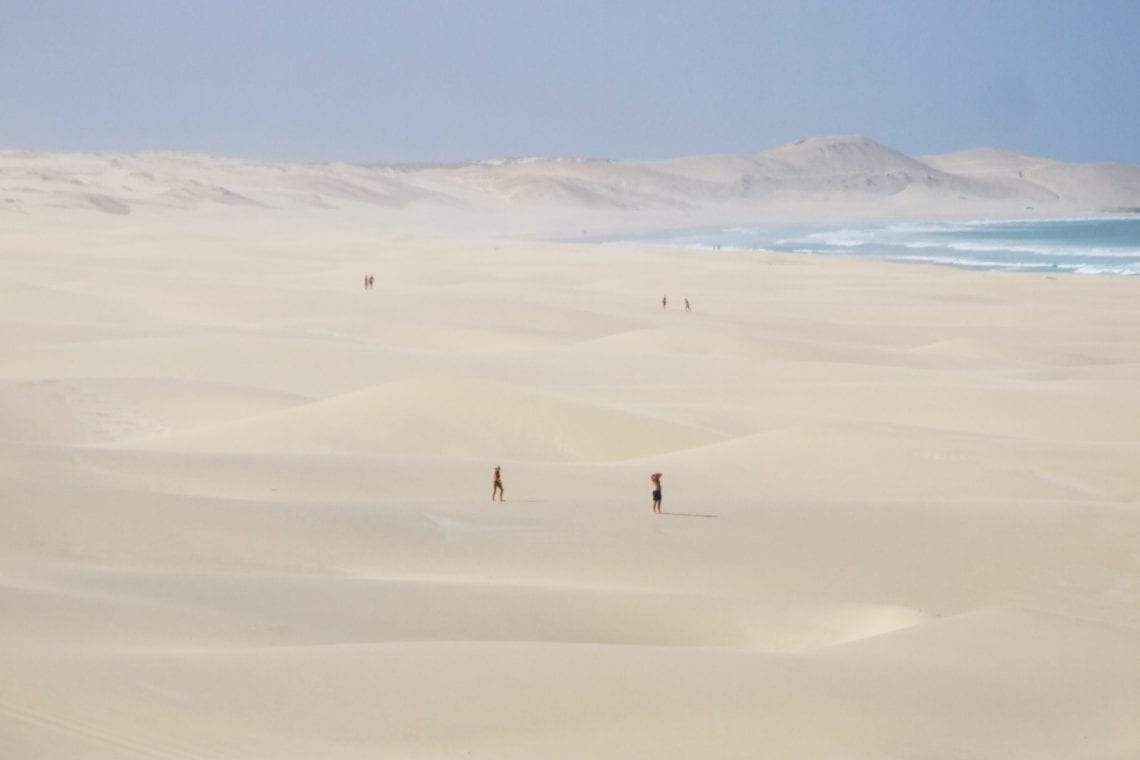
Above: There are amazing beaches all over the island
So what is there to do and see on a desert island? Well Boa Vista’s biggest draw is the miles of beautiful pristine beaches and sand dunes. This really is a Mecca for beach lovers, and everyone we’ve met on this island has all said the same thing, that: “these are the most impressive beaches we’ve ever come across.” You can walk miles through sand dunes until they give way to the alluring turquoise ocean. Even at Chave beach, where a handful of hotels stand, you’ll come across relatively few people and the occasional quad bike. Tour operators are well aware of these fantastic beaches, and the next few years will see a huge investment in tourism as well as the island’s infrastructure, making this the perfect time to visit this laid-back island before hordes of tourists make Boa Vista another Canary Island.
Much of what there is to explore on Boa Vista is concentrated on the beaches. These beaches aren’t only a draw for European tourists but throughout the summer months (peaking in August), they provide nesting grounds for Loggerhead Turtles. The turtles come ashore to lay their eggs all over the island; in fact Boa Vista is the third most important breeding ground for Loggerhead Turtles in the world. During these months, it’s highly recommended to take an official tour that can bring you close to these fantastic green giants. Fifteen Euros from each turtle tour goes to local conservation groups who help to protect turtles and educate the local population that a live turtle is better for them than one served up in the kitchen as a delicacy.
Spring brings Humpback Whales to the local waters. Spotting these giants from ashore is an option. For a closer look, charter a local fishing boat; whale watching tours are not yet commonplace, due to the undeveloped tourist infrastructure.
Winter months will see the majority of the relatively few European tourist that come here to escape the cold back home by soaking up some sun, and why not with temperatures rarely below 26 and often around 30 Degrees Celsius? Through this period, these islands are exposed to the Atlantic trade winds. Some may complain that these winds are too strong, but we found them to be quite pleasant and helpful with alleviating some of the day-time heat. Certainly, in more exposed regions, the wind can pick up sand and blow it against your skin. However, these winds also provide for some excellent wind and kite surfing. If it’s something you’d like to try for the first time, it’s not too difficult to find lessons here.
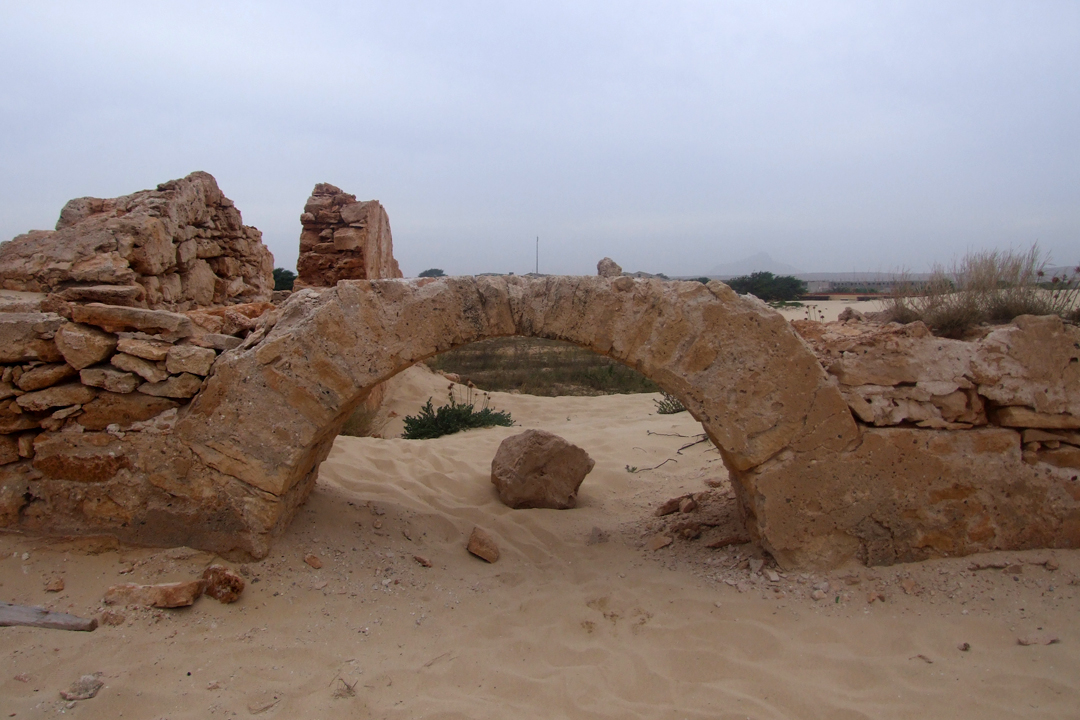
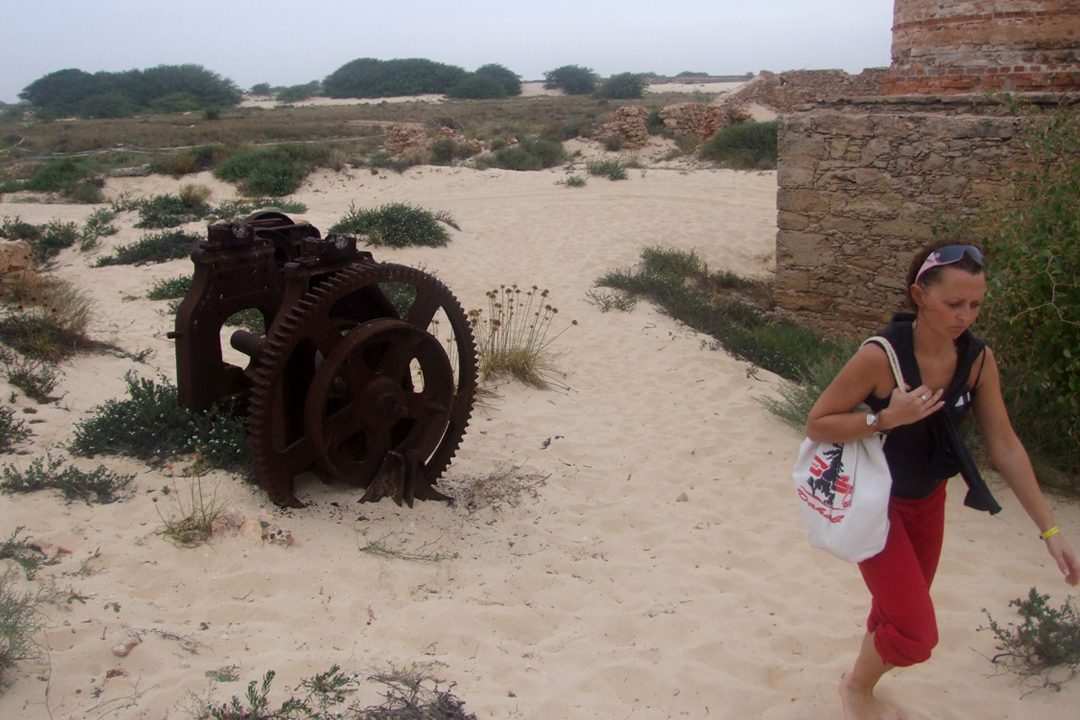
Above: Among the tourists and beaches there are still interesting sites to explore such as the old abondeded brick factory
The island has some interesting hiking trails which are a great way to experience the reality of being on a desert island: heat, dust, but some very surreal sights are worth the effort. You can literally walk for hours without seeing a soul. For those who dare, the island plays host to the Boa Vista Ultra Marathon which takes three long days of hiking to complete. Most will opt for a much shorter walk—perhaps a two-hour stroll from the capital, Sal Rai, to the Santa Maria Beach (named after a large vessel that ran aground here 1968), were you can get very close to the wreck. It’s thought that this is only one of about 40 ships that have met their end within the surrounding waters, and all within sight of land. No doubt as tourism expands, diving operations will commence, so for any diving-enthusiast, this is also a great way to explore these oceans and have them all to yourself.


Above: Walking down to the Santa Maria ship wreck
Tours run to most areas of interest and are easily arranged locally. Half-day as well as day-long trips should cover everything there is to see. Alternatively you can hire a car: 60 Euros ought to get you a small 4X4, which you will need to get to the points of interest, mostly off-road and on dirt tracks, sand dunes, or rocky surfaces. A full day should give you ample time to drive though tiny settlements made up of small, wonderfully coloured buildings and end up on what could be your very own private beaches.
Sal Rei, located on the northwest of the island, is the main settlement and is where you’ll find any tour operators and supplies you may need. Many souvenir shops that sell local crafts are scattered throughout the town. There’s not much to do in or around the town, but to wander around taking in the atmosphere, grab a pew, maybe even a beer in the town square, and watch life just go on by. The local school provides an opportunity to see how the island’s youth are educated—donations are welcome. Visitors with any space in their luggage would do well to pack spare pens, books, or toys that make great donations to the children of this small island, and make a real difference to this tiny community (see stuffinit). Those familiar with West African towns and villages will leave with a sense of optimism about this place, not just because of the school, but due to all the buildings in Sal Rei constructed in concrete and painted bright colours, a stark contrast to some of the shanty towns so often expected in this part of the world. Cape Verde is a regional success-story with practically no corruption or any political instability. Investment is strong, and these benefits are being passed on to the local population, in the shape of new facilities, all culminating in the hope this country will continue to prosper in the future.
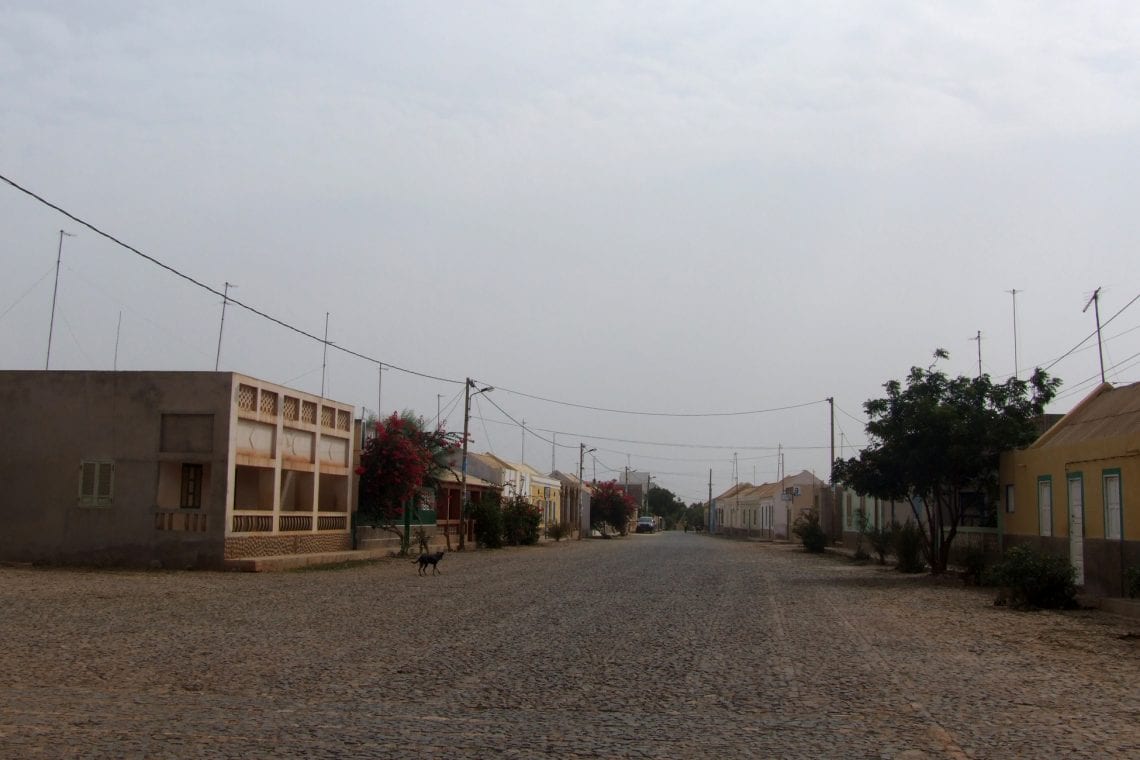
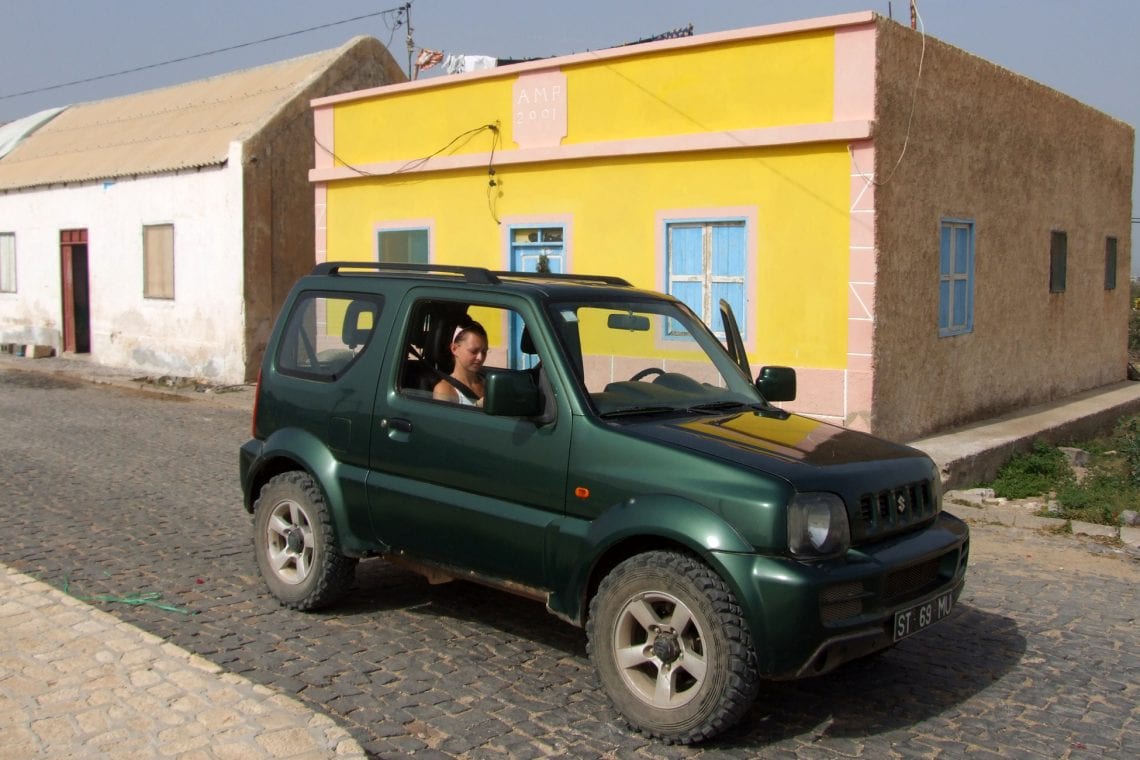
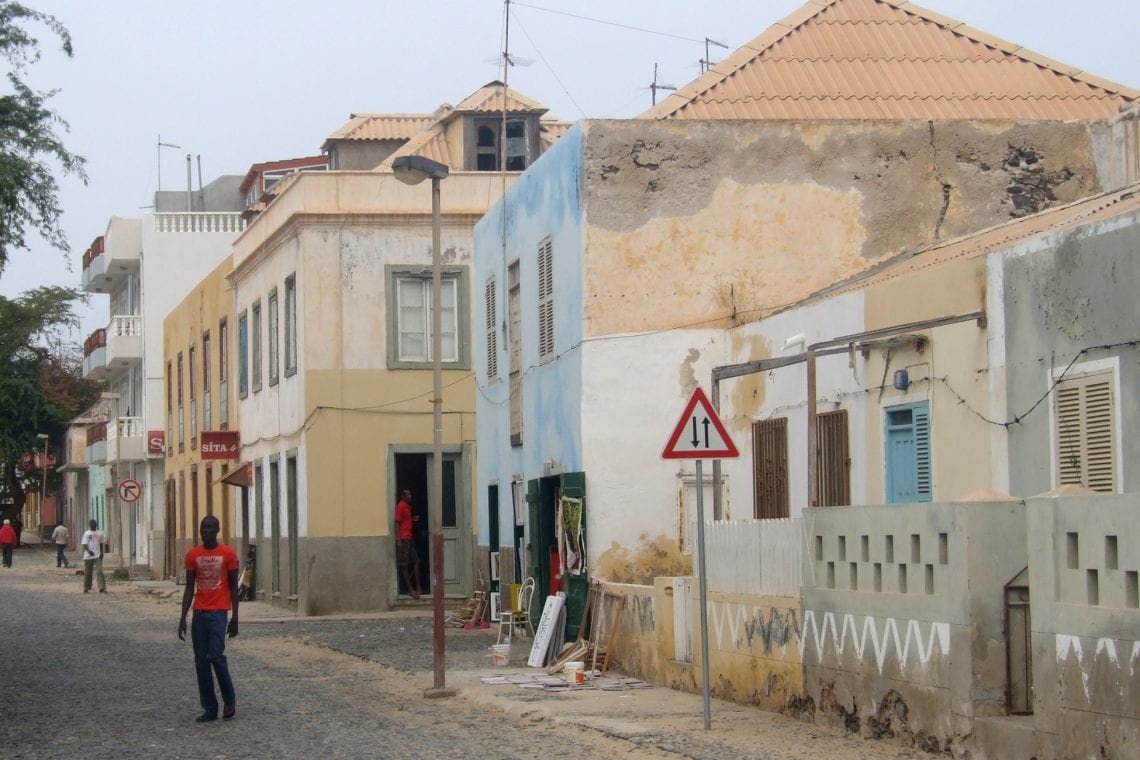
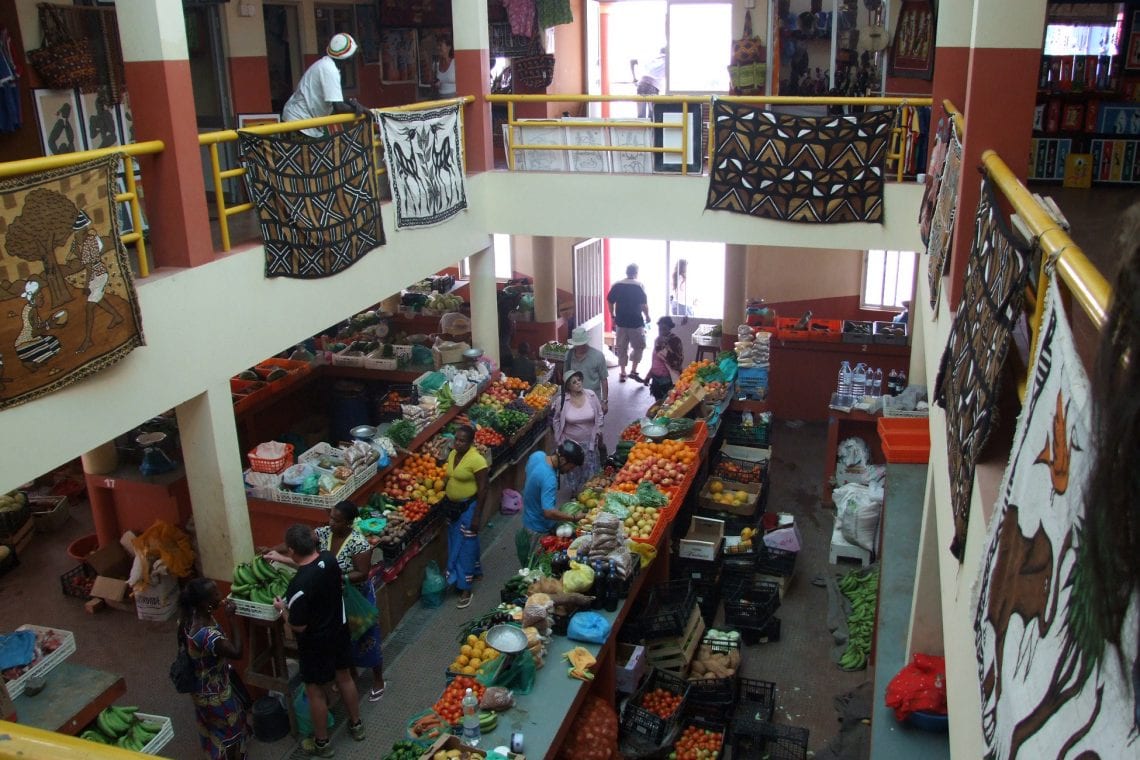
Above: Exploring the island with our rented Jimny | Walking around Sal Rei and visiting the market
Once you’re on Boa Vista, you may get the urge to explore some of the surrounding islands. Who could blame you, as they are a diverse set of islands, each with its own unique landscape and microclimate. Unfortunately, don’t expect any Greek-style island-hopping experience: while some ferries do come and go, it’s the islands’ shuttle planes that are the most practical way to travel around the archipelago, which can be expensive. Your tour operators can arrange one-day excursions to other islands at around £200 per person, so if this is something that you’re set on, it’s best to contact some of the local agents in Sal Rei, or simply pop along to the airport were the local airlines have their offices.
Boa Vista may not get the adrenaline pumping, but its beaches will certainly leave you amazed. And while relaxing and soaking up the sun may not be everyone’s cup of tea, surely visiting a desert island before everyone else does is reason enough to venture to this sun-scorched landscape.
WHERE TO STAY
Large international hotels are your likely options here but there is an increasing amount of apartments and BB’s becoming available.
USEFUL LINKS
- The Cape Verde Experience is probably the largest tour operator specialising in C.V




